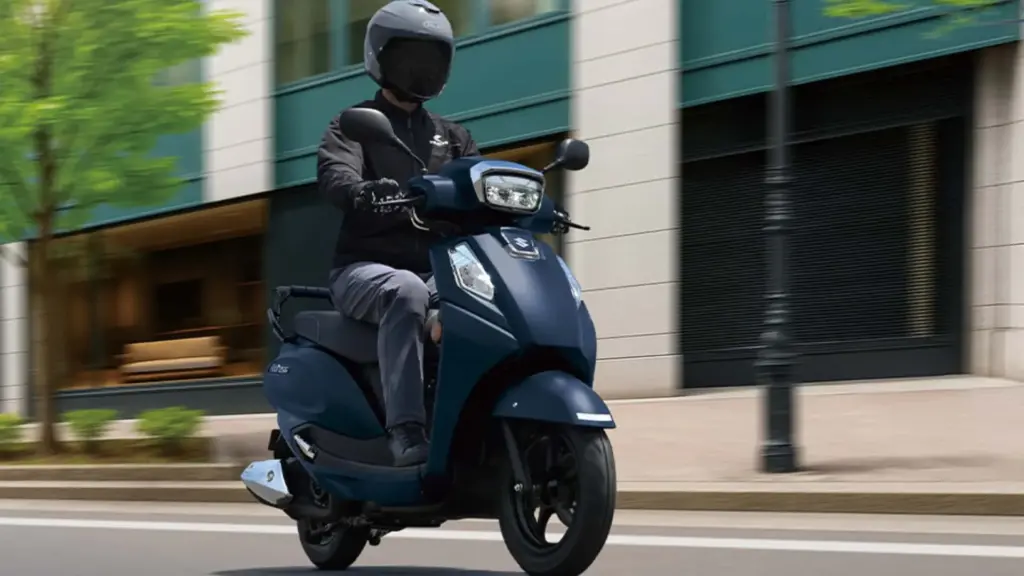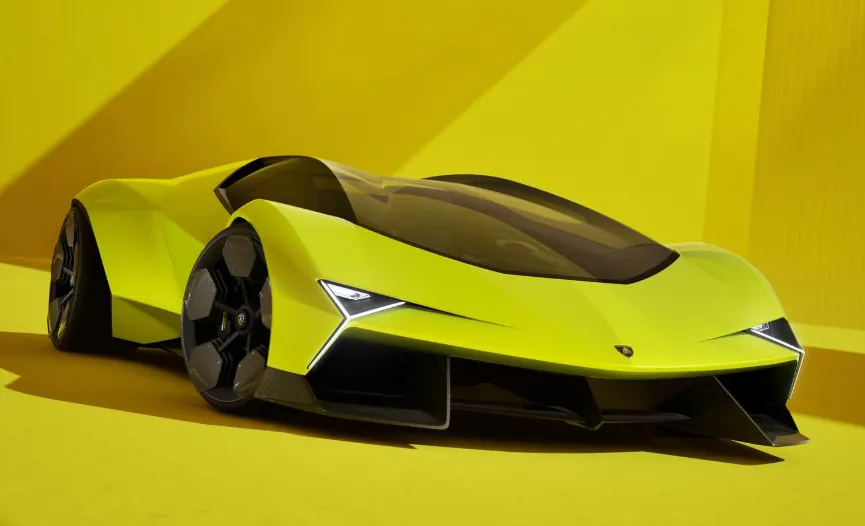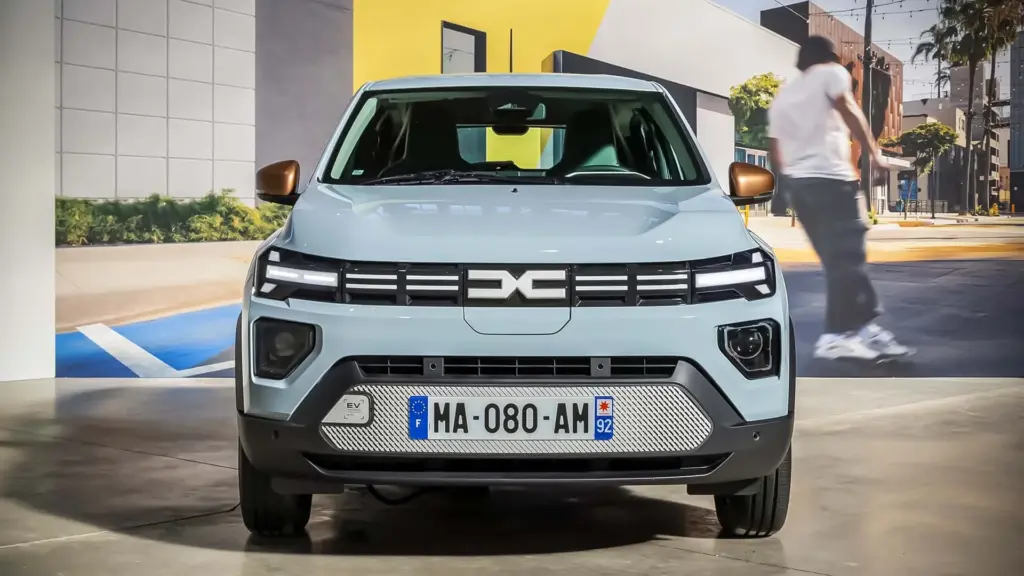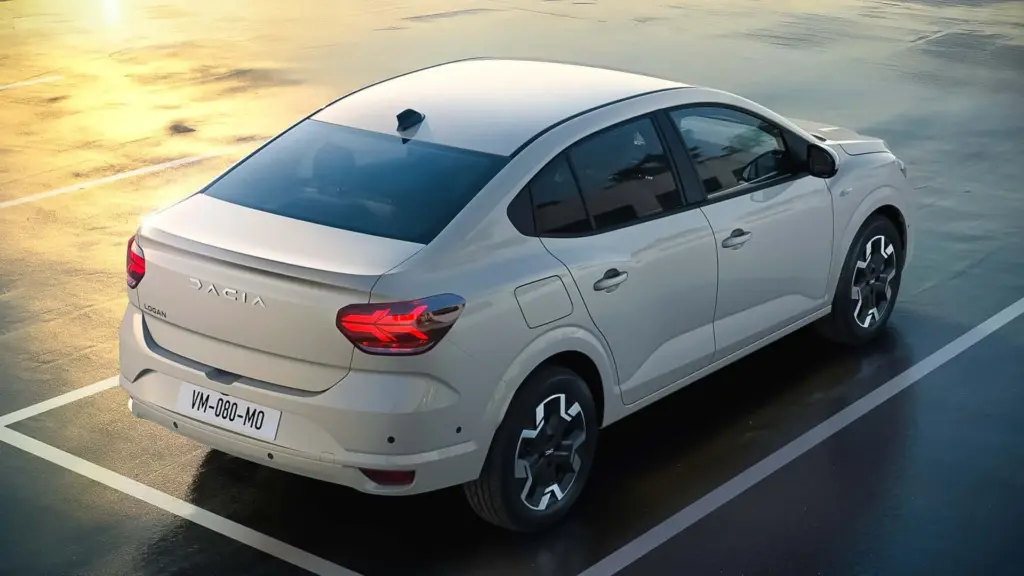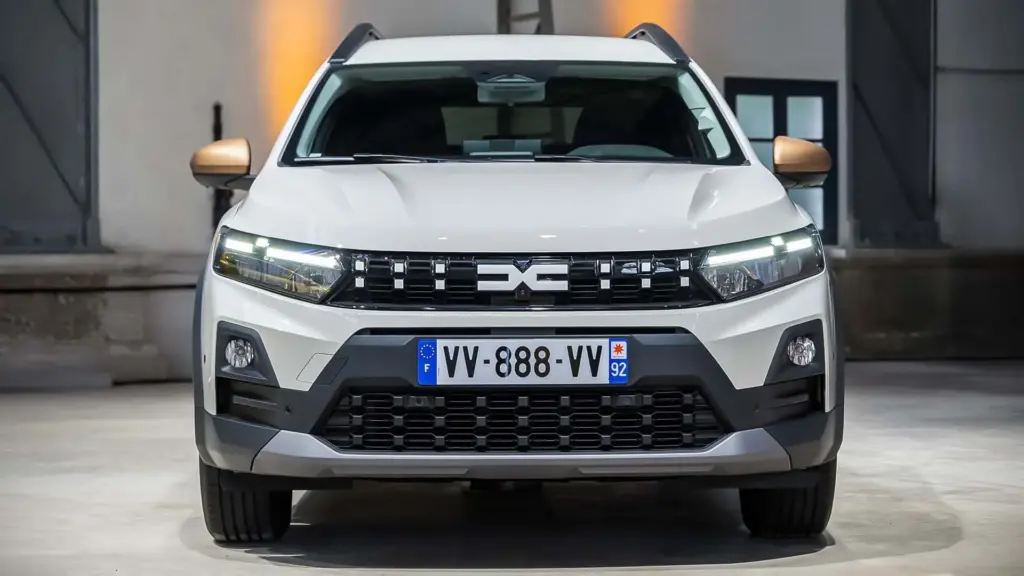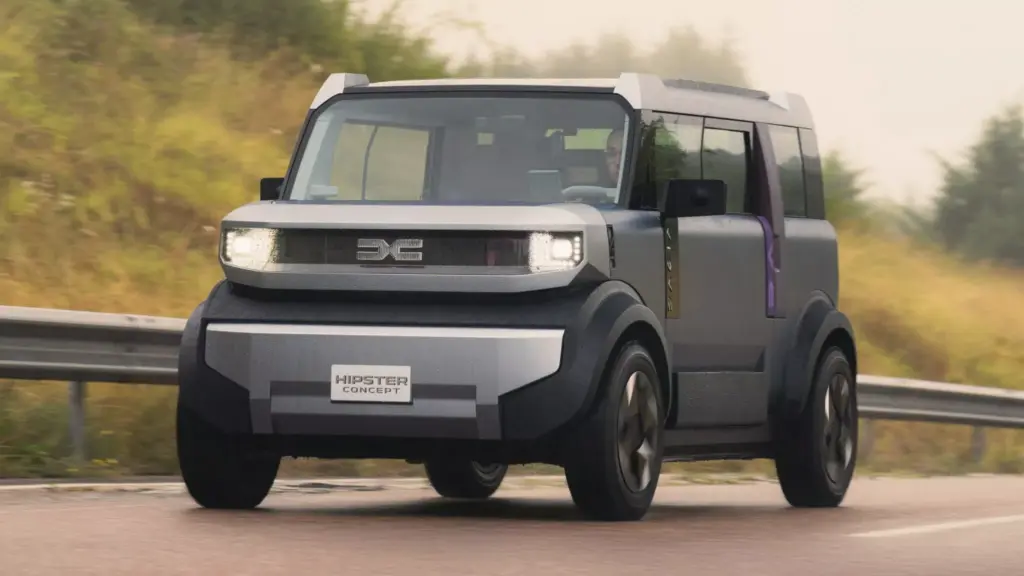We all know how it feels: you’ve got your brand-new electric equipment, whether it’s a truck or a construction tool, ready to shake things up, but… where’s the outlet? Volvo, known for their savvy innovations, recognized this pain point and decided to tackle energy challenges head-on by launching two giant “power banks”: the mobile batteries PU500 and PU130. No more relying solely on the electrical grid or noisy, polluting diesel generators!
No More Excuses: Mobile Charging is Now a Reality
Electrification is knocking at our door. Trucks, buses, construction machinery… everything is becoming greener. However, this transition runs into a pesky little problem: the charging infrastructure, especially in remote locations like construction sites, massive events, or even in emergency situations.
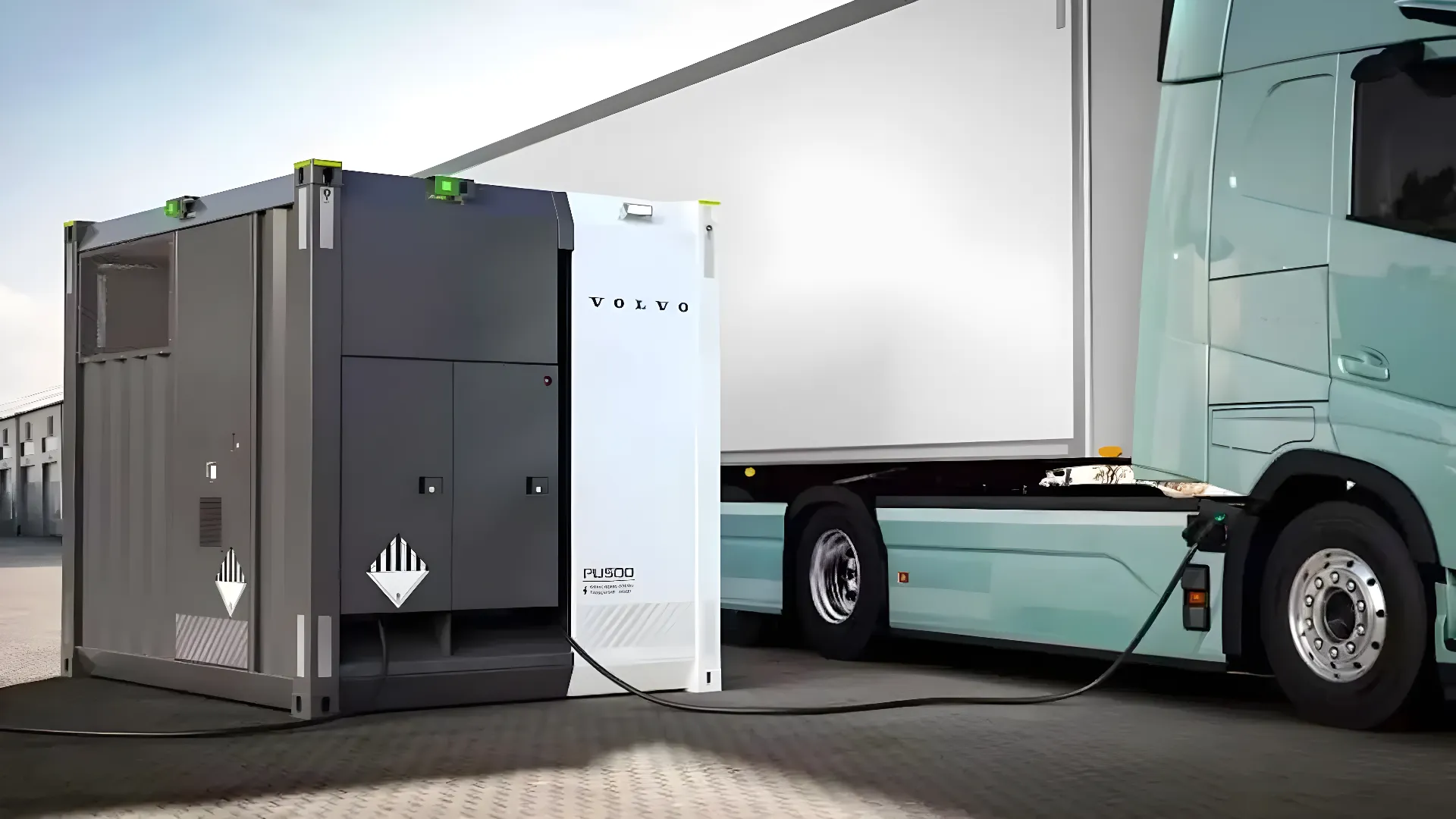
That’s where Volvo steps in with their new Battery Energy Storage Systems (BESS). The concept is simple yet genius: delivering energy right where it’s needed, without relying on a fixed connection to the grid. Think of them as supercharged portable chargers, ready to save the day (and the planet, as they state).
PU500: The “Beast” of Energy for Heavy Operations
Let’s start with the bigger sibling, the PU500. This one means business. With a hefty storage capacity ranging from 450 to 540 kWh (kilowatt-hours), it’s designed for those who need a whole lot of energy—think enough power to keep large operations running at full steam.
Imagine a construction site in the middle of nowhere, a music festival hosting thousands, or even a rescue operation following a natural disaster. The PU500 shows up and ensures there’s power. And the best part: it comes with a rapid DC (direct current) charger at 240 kW. Translation? It can fully charge a heavy-duty electric truck in about 1.5 hours! That’s faster than many coffee breaks out there.
Key Applications of the PU500
- Isolated construction sites
- Large events and festivals
- Disaster relief support
- Temporary power supply
- Mobile charging hubs
Charging Capacity (Estimated Daily)
| Type of Vehicle | Approx. Quantity per Charge |
|---|---|
| Heavy Electric Trucks | Up to 3 per day |
| Light Electric Vehicles | Up to 20 per day |
| Medium Equipment | Varies (depends on consumption) |
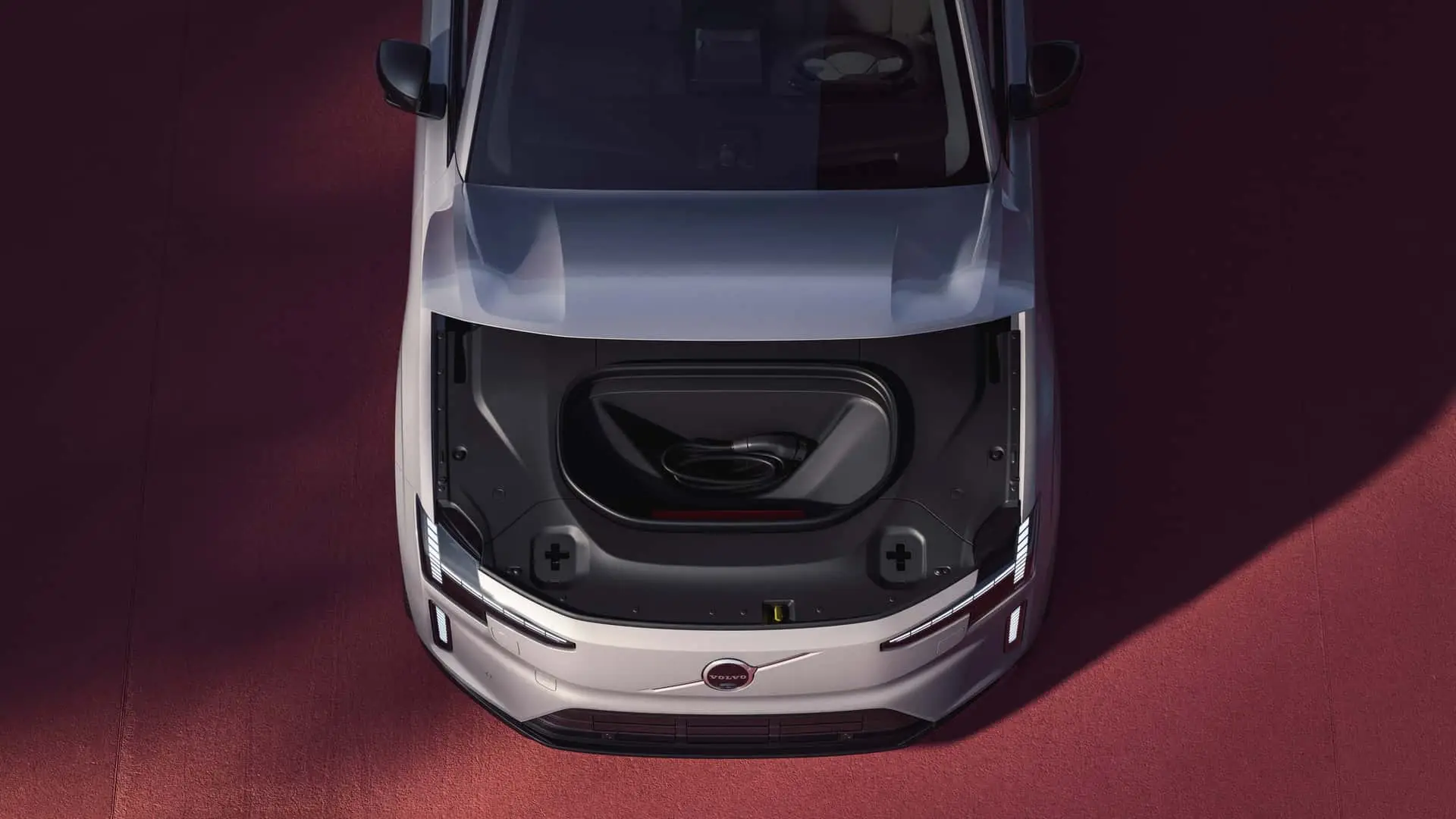
PU130: The Portable, Agile Partner for the Job Site
If the PU500 is the giant of the bunch, the PU130 is the agile and versatile partner. Developed in a smart collaboration with Portable Electric (talk about a fitting name!), it’s much more compact, offering 130 kWh. It’s the perfect solution for day-to-day needs on the modern electrified job site.
Think of that electric mixer, the nighttime lighting for the site, or even the mobile office that needs power. The PU130 has that covered. Its 48-volt DC fast charging technology is a game-changer: it allows for recharging smaller equipment during quick breaks, like lunchtime. Less downtime, more productivity—a dream for any boss!
Ideal for Everyday Use in Construction
- Power tools
- Compact equipment
- Site lighting
- Modular offices
- Smaller charging points
Availability and Pricing: The Mystery Awaits
Here’s where things get a bit… murky. Volvo has announced that the big PU500 is making its appearance in the Scandinavian market, sold through Volvo Energy. Meanwhile, the compact PU130 is expected to arrive in 2025, starting in North America, via the Volvo Construction Equipment network. What about the rest of the world? Patience, dear reader, patience.
And what about the price? Oh, the price… Volvo, like many tech launches, has kept it under wraps. No official prices have been disclosed. The reasoning is that these are modular systems, and prices vary based on configuration and market. In other words: “Want to know the cost? Give us a call!”. Understandably so, but it leaves us all curious. How much will this tech wonder cost? Brace your wallet, it probably won’t be cheap.
Sustainability or Just Smart Marketing from Volvo?
There’s no denying it: Volvo is heavily investing in its image as a sustainable and innovative company. And these launches of the BESS PU500 and PU130 fit perfectly into that narrative. Bringing clean energy to places that only smoky diesel reached before is indeed a significant step towards the energy transition.
But… is it all just wonderful? The production of these giant batteries consumes resources and energy. And what about their disposal in the future? Volvo assures us they’re considering that, but it’s always wise to maintain a bit of skepticism toward 100% green claims. Is this a step in the right direction? Absolutely. Does it solve all environmental issues in construction and logistics? Hold on, there’s still a long way to go. In any case, it’s undeniable that these “mobile outlets” provide more flexibility and autonomy, reducing reliance on fossil fuels in the everyday operations of many sectors.
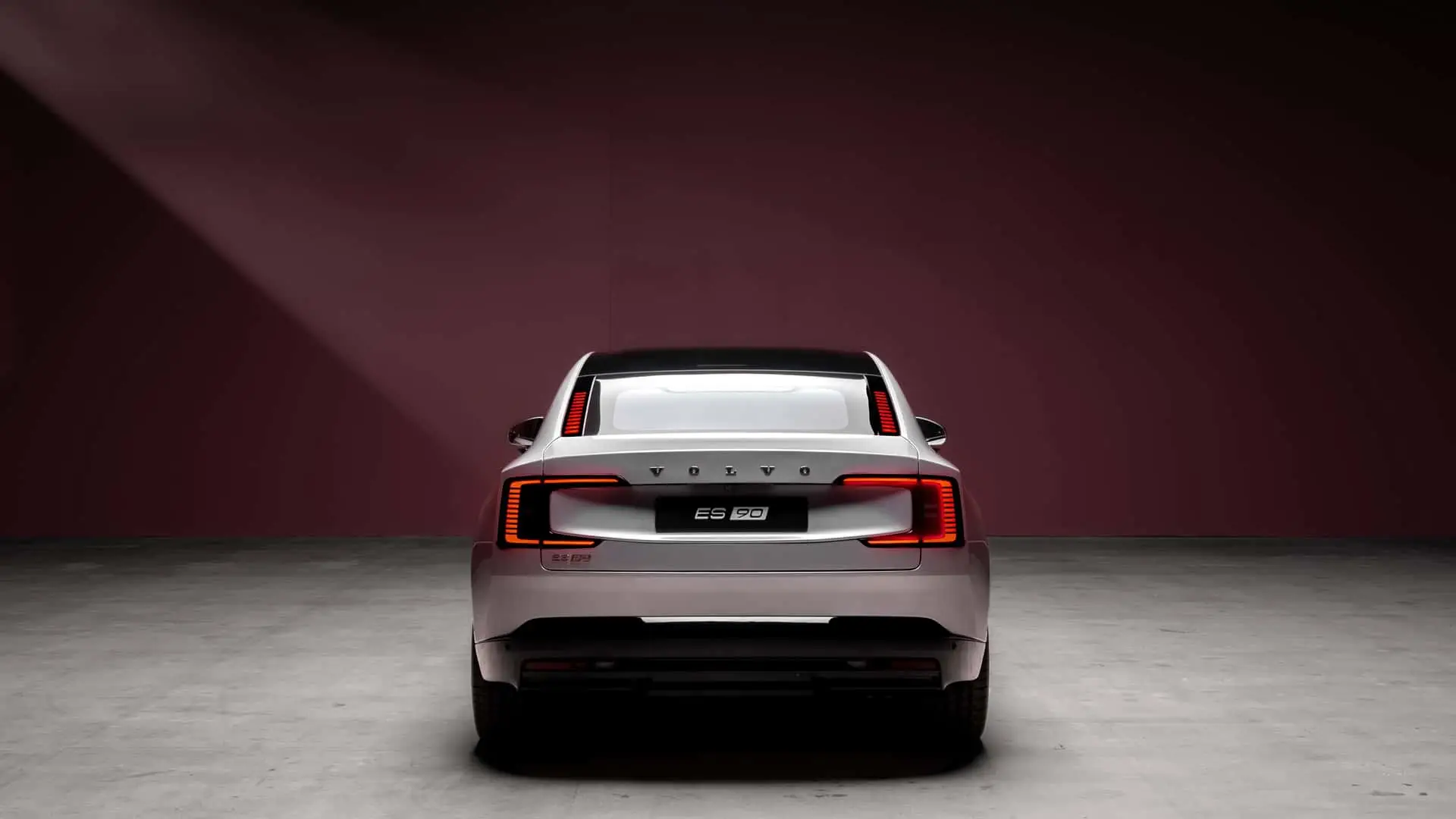
Frequently Asked Questions (FAQ) – What You Might Still Want to Know
- What are the Volvo PU500 and PU130?
They are mobile battery energy storage systems (BESS), like giant power banks, to charge electric vehicles and equipment where there is no convenient electrical grid. - What’s the difference between them?
The PU500 is larger (450-540 kWh) and powerful (240 kW fast DC charging), ideal for large operations and trucks. The PU130 is smaller (130 kWh), more portable, and focused on construction equipment and tools (48V DC charging). - Who are these batteries for?
Construction companies, event organizers, disaster response teams, and fleets of electric vehicles operating in remote areas or needing charging support. - When and where will they be available?
The PU500 is already available in Scandinavia. The PU130 is slated for release in 2025 in North America. Other regions, with no specific date set yet. - And the price? How much is this thing going to cost?
Volvo hasn’t disclosed prices. It’s necessary to contact commercial representatives for a quote specific to your needs and region. Be prepared!
So, what do you think of Volvo’s latest innovation? These mobile batteries could be the missing piece to speed up electrification in crucial sectors. It remains to be seen how the market will react and, of course, when (and how much) they’ll reach us here. Interested in learning more or requesting a quote? Get in touch with a representative from Volvo Energy or Volvo Construction Equipment!
Author: Fabio Isidoro
Founder and editor-in-chief of Canal Carro, he dedicates himself to exploring the automotive universe with depth and passion. A car and technology enthusiast, he produces technical content and in-depth analyses of national and international vehicles, combining quality information with a critical eye for the public.

